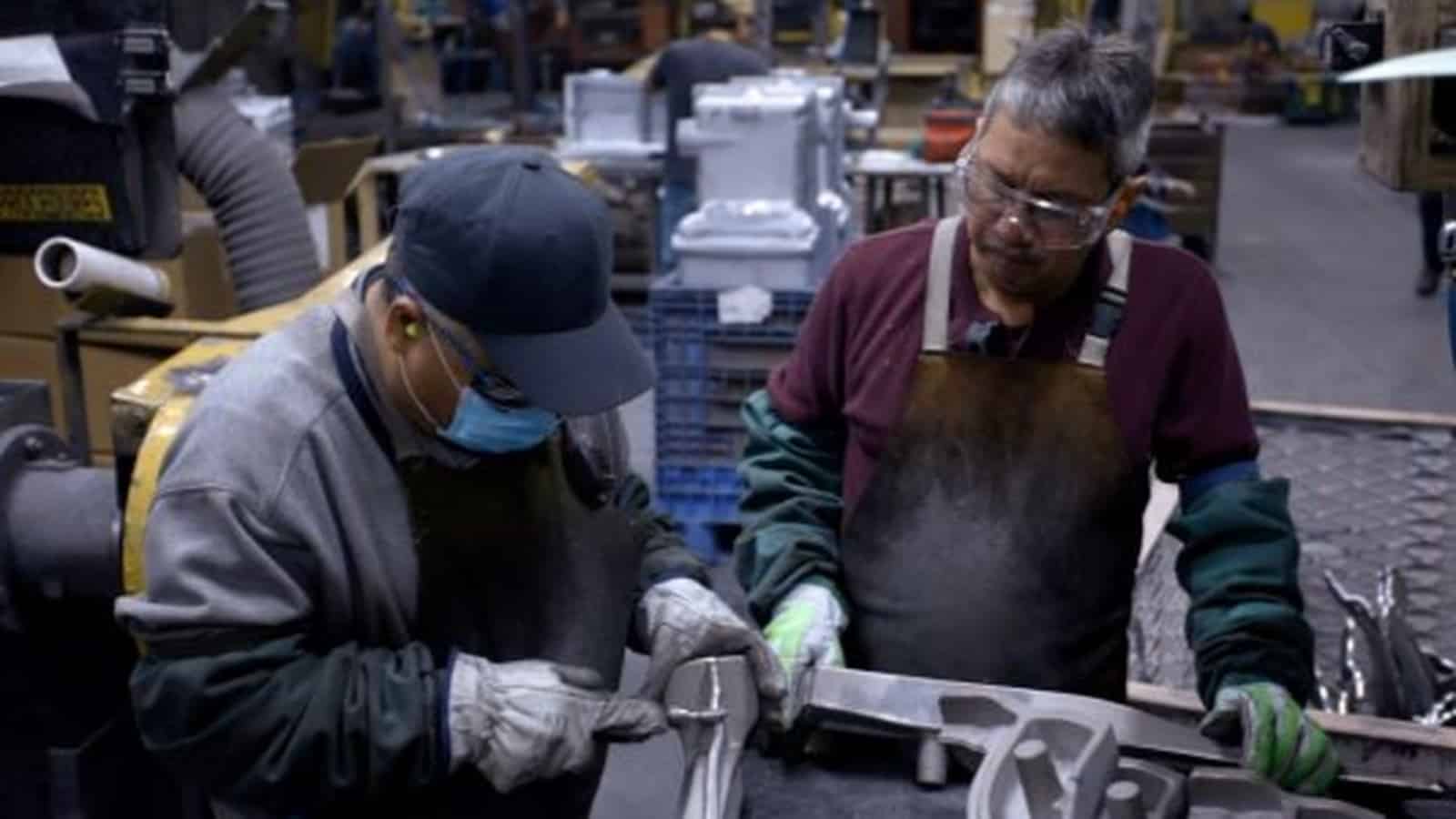Wisconsin Aluminum Foundry Shifts Gears on Retention

Wisconsin Aluminum Foundry CEO Sachin Shivaram knew something had to change. It was 2021, and at one point that year, the turnover rate of new hires for his foundry’s finishing department reached 100%, hurting its on-time delivery rate to customers.
He was facing a business challenge that many manufacturers consistently cite as their number-one issue: workforce retention, along with recruitment.
Finding a solution: Tackling the issue required looking at all facets of WAF’s operations, including onboarding and training of new hires.
- “What we found was we weren’t giving employees the proper environment to train on a new job,” said Shivaram. “We were putting them on the shop floor and telling them to learn while you work.”
- This finding was underscored by a conversation Shivaram had with one of his employees, who had been with WAF for 25 years.
- “He said when he first joined, he had no idea what he was doing in the first six months,” said Shivaram. “He would clock in and just watched what other people were doing and tried to get by and be productive. He didn’t speak the language and just stuck it out. And I thought to myself, with that sort of confusion among new employees, they will just stop coming.”
Fast Forward grant: Recognizing that WAF needed to train new hires without burdening experienced employees or slowing down its operations, the company applied for a Fast Forward grant through the Wisconsin Department of Workforce Development in October 2021.
- Thanks in large part to the $194,000 it received, WAF created a training center where entry-level employees can learn foundry basics, gain finishing and production skills, improve their understanding of customer specifications and acclimate to the physical demands of the job.
- For employees whose first language is not English, the center provides full-time translators who speak Spanish or Hmong. The foundry also pays for English classes if employees want to take them.
The result? To date, WAF’s new hire turnover rate has dropped from 100% to 15%—an astonishing improvement.
Other benefits: For Shivaram, meeting the company’s retention challenge also means supporting employees “through their career cycle.”
WAF’s starting wage is roughly $25 an hour, plus a $1.25 shift premium. The foundry offers incentive plans, which give employees the opportunity to earn up to 5% additional pay. In addition, WAF pays $400 a month to anyone with young children to offset their expenses for child care—not just for formal day care but any child care expense.
- “We have about 100 parents on that program, and that is huge,” said Shivaram. “People consistently mention to me that is a reason why they stay with us.”
Education: Shivaram notes that for anyone who wants to go back to school, even if it’s not exactly related to their career path, WAF supports that and will pay for part of it.
Feedback: While WAF performs annual employee surveys across all departments to garner feedback, as well as formal check-ins, Shivaram says that informal engagement—whether it’s participating in a company-wide event, such as a golf outing or pizza party, having lunch with an employee or just catching up with someone while walking through the plant—is really what gives him a pulse on the foundry.
- “Informal engagement helps people feel valued because they feel like they have a connection with someone—a friendship even. That is hugely powerful,” he noted.
The last word: The Wisconsin Department of Workforce Development recently recognized WAF for its workforce retention efforts—particularly its retention of minorities and women, who had been underrepresented at the foundry.
- That’s no longer the case, Shivaram pointed out proudly—minorities now make up about 10% of WAF’s workforce, and the foundry now has 40 women on the shop floor.
- “Improved employee retention has had a direct impact on the success of our business and our customers. It’s nice to have someone validate that we’re on the right path,” he concluded.
